How to Start a Summary Paragraph
Part 1 of 3:
Organizing the Summary Paragraph
-
 Take notes on the original text. Start by reading and reviewing the original text. Mark up the original text, noting any keywords and important phrases or points. Highlight or underline any sentences that feel important to you. Note the topic sentence in the original text as well as the main idea or theme in the text. The topic sentence will contain the main topic or idea in the text.[1]
Take notes on the original text. Start by reading and reviewing the original text. Mark up the original text, noting any keywords and important phrases or points. Highlight or underline any sentences that feel important to you. Note the topic sentence in the original text as well as the main idea or theme in the text. The topic sentence will contain the main topic or idea in the text.[1]- If you are working with a long original text, create a brief outline for each paragraph in the margin of the text. Include any keywords, phrases, or points in the summary. You can then use these notes in your summary paragraph.
-
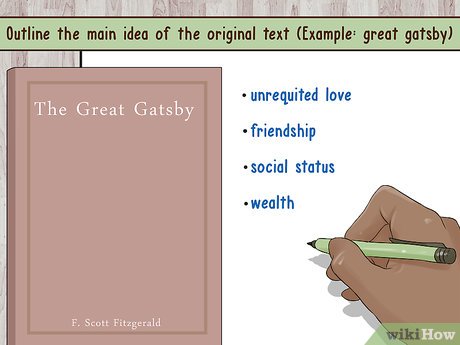 Outline the main idea of the original text. Create a one to two sentence outline of the main idea or ideas of the original text. Keep the outline short and to the point. Ask yourself, 'What is the author trying to say in this text? What is the main idea or theme in the text?'[2]
Outline the main idea of the original text. Create a one to two sentence outline of the main idea or ideas of the original text. Keep the outline short and to the point. Ask yourself, 'What is the author trying to say in this text? What is the main idea or theme in the text?'[2]- For example, if you were using The Great Gatsby by F. Scott Fitzgerald as the original text, you may list several themes or ideas such as 'friendship,' 'social status,' 'wealth,' and 'unrequited love.'
-
 Include several supporting examples from the text. Once you have the main idea down, identify one to three examples from the original text that support the main idea. These could be quotes from the text or scenes in the text. You could also choose a pivotal moment or passage in the text as a supporting example.[3]
Include several supporting examples from the text. Once you have the main idea down, identify one to three examples from the original text that support the main idea. These could be quotes from the text or scenes in the text. You could also choose a pivotal moment or passage in the text as a supporting example.[3]- List these supporting examples and briefly summarize them by noting what happens in each example. You can then refer to these examples in your summary paragraph.
Part 2 of 3:
Creating a Strong Opening Line
-
 Include the author, title and publication date. The first line of the summary paragraph should state the author, the title, and the publication date of the original text. You should also note what type of text it is, such as a novel, a short story, or an article. This will present the reader with the most basic information about the original text right away.[4]
Include the author, title and publication date. The first line of the summary paragraph should state the author, the title, and the publication date of the original text. You should also note what type of text it is, such as a novel, a short story, or an article. This will present the reader with the most basic information about the original text right away.[4]- For example, you may begin with, 'In the novel The Great Gatsby (1925), F. Scott Fitzgerald…'.
- If you are writing a summary of an article, you may begin with, 'According to her article, 'What is intersexuality?' Nancy Kerr (2001)...'
-
 Use a reporting verb. The first line of the summary paragraph should include a strong reporting verb, such as 'argue,' 'claim,' 'contend,' 'maintain,' or 'insist.' You can also use verbs like 'explain,' 'discuss,' 'illustrate,' 'present,' and 'state.' This will make the introduction of the summary paragraph clear and concise.[5]
Use a reporting verb. The first line of the summary paragraph should include a strong reporting verb, such as 'argue,' 'claim,' 'contend,' 'maintain,' or 'insist.' You can also use verbs like 'explain,' 'discuss,' 'illustrate,' 'present,' and 'state.' This will make the introduction of the summary paragraph clear and concise.[5]- For example, you may write, 'In the novel The Great Gatsby (1925), F. Scott Fitzgerald presents...'
- For an article, you may write, 'According to her article, 'What is intersexuality?' Nancy Kerr (2001) claims...'
-
 Describe the main idea in the original text. Finish the opening line by including the main theme or idea in the text. You can then include supporting points in the rest of the summary that relate back to this main theme or idea.[6]
Describe the main idea in the original text. Finish the opening line by including the main theme or idea in the text. You can then include supporting points in the rest of the summary that relate back to this main theme or idea.[6]- For example, you may write, 'In the novel The Great Gatsby (1925), F. Scott Fitzgerald presents the tragic figure of mysterious millionaire Jay Gatsby through the eyes of his neighbor, Nick Carraway.'
- For an article, you may write, 'According to her article, 'What is intersexuality?' Nancy Kerr (2001) claims that discussions of sexuality in academic circles ignores the growing public interest in intersexuality.'
Part 3 of 3:
Writing a Good Summary Paragraph
-
 Answer who, what, where, and why. Consider who is being addressed or discussed in the original text. Think about what is being addressed or discussed. Mention where the text is set, if relevant. Finally, determine why the author is discussing or addressing the subject matter in the original text.[7]
Answer who, what, where, and why. Consider who is being addressed or discussed in the original text. Think about what is being addressed or discussed. Mention where the text is set, if relevant. Finally, determine why the author is discussing or addressing the subject matter in the original text.[7]- For example, if you are writing about The Great Gatsby, you should address the two main characters in the novel (Jay Gatsby and his neighbor/the narrator Nick Carraway). You should also focus on what occurs, briefly, in the novel, where the novel takes place, and why Fitzgerald explores the lives of these two characters.
-
 Have one to three sentences of supporting evidence. Aim to have one to three supporting points at the most, as you do not want to make the summary paragraph too long. Use events from the text as well as quotes or points in the text to support your opening line.[8]
Have one to three sentences of supporting evidence. Aim to have one to three supporting points at the most, as you do not want to make the summary paragraph too long. Use events from the text as well as quotes or points in the text to support your opening line.[8]- For example, if you are discussing an article, you may use the author's key arguments in the article as supporting points. If you are discussing a novel or short story, you may use the key events in the story as supporting points.
-
 Use your own words to summarize the original text. Do not copy or paraphrase the original text. Use your own words in the summary. Avoid using the same language or word choice as the original text, unless you are quoting it directly.[9]
Use your own words to summarize the original text. Do not copy or paraphrase the original text. Use your own words in the summary. Avoid using the same language or word choice as the original text, unless you are quoting it directly.[9]- Keep in mind a summary paragraph should simply state the essential information in the original text. You do not need to present an opinion or argument about the text in the summary paragraph. This can be done in a separate paragraph or section in your paper.
-
 Keep the summary short and to the point. A summary paragraph should be no longer than six to eight sentences. Once you finish a draft of the summary paragraph, read it over and revise it so it is short and to the point. Remove any sentences or phrases that seem redundant or repetitive.
Keep the summary short and to the point. A summary paragraph should be no longer than six to eight sentences. Once you finish a draft of the summary paragraph, read it over and revise it so it is short and to the point. Remove any sentences or phrases that seem redundant or repetitive.- You may also show the summary paragraph to a writing instructor or a friend to get feedback on it. Ask the person to make sure the summary paragraph includes the essential information about the text in a concise, clear way.
4 ★ | 1 Vote
You should read it
- How to hide text from Word
- Tips for copying fast and efficient paragraph formatting in Word
- Word 2013 Complete Tutorial (Part 9): Use Line and Paragraph Spacing
- Word 2013 full-text tutorial (Part 12): How to break pages, paragraph breaks
- Tips to quickly select a sentence in a Word paragraph
- How to Do a Hanging Indent
- How to Center Text on Microsoft Word
- Sublime Shortcuts - Summary of Sublime Text 3 keyboard shortcuts
May be interested
- How to hide text from Word
 to secure certain important information in the text, we can hide the text and display it quickly when needed.
to secure certain important information in the text, we can hide the text and display it quickly when needed. - 18 start-up killing mistakes from founder Y Combinator (part 1)
 you can read start-up tips from anywhere but y combinator will be the name that needs no proof.
you can read start-up tips from anywhere but y combinator will be the name that needs no proof. - 18 mistakes killing start-ups from founder Y Combinator (the last part)
 the last part of the series lists the common causes of startup failures that bring about six causes. all 18 reasons given in this series are things you can fully control.
the last part of the series lists the common causes of startup failures that bring about six causes. all 18 reasons given in this series are things you can fully control. - The failure of 19 startups in Asia in 2015 and the start-up lessons 'bloody'
 starting a career is a marathon, not a sprint.
starting a career is a marathon, not a sprint. - Word 2013 Complete Tutorial (Part 9): Use Line and Paragraph Spacing
 when editing and formatting text, you'll need to pay attention to the line and paragraph spacing tool - line spacing and paragraph. below is a guide on how to stretch letters, stretch lines and stretch paragraphs on word documents 2013. invite you to consult!
when editing and formatting text, you'll need to pay attention to the line and paragraph spacing tool - line spacing and paragraph. below is a guide on how to stretch letters, stretch lines and stretch paragraphs on word documents 2013. invite you to consult! - How to turn off the Windows Defender Summary notification on Windows 10
 windows defender is a computer security program that detects viruses available on windows 10 computers. users will receive detailed operation of the tool via the windows defender summary notice.
windows defender is a computer security program that detects viruses available on windows 10 computers. users will receive detailed operation of the tool via the windows defender summary notice. - 10 motivational statements to start a business
 sometimes sayings from successful entrepreneurs can provide a strong source of motivation, as a guarantee that starting a business is also starting to partake in something great.
sometimes sayings from successful entrepreneurs can provide a strong source of motivation, as a guarantee that starting a business is also starting to partake in something great. - How to Teach Summary Writing
 summary writing is a really valuable skill, but it can be tricky to teach new students. if your pupils are young kids or esl learners, they may not understand the purpose of summaries, or have some difficulty expressing themselves in a...
summary writing is a really valuable skill, but it can be tricky to teach new students. if your pupils are young kids or esl learners, they may not understand the purpose of summaries, or have some difficulty expressing themselves in a... - Summary of the best get fshare link
 summary of the best get fshare link. for download links such as google drive, mediafile, we will be completely free with high speed, and for servers like fshare, 4share, tenlua..vv.requiring you to have a vip account to have be
summary of the best get fshare link. for download links such as google drive, mediafile, we will be completely free with high speed, and for servers like fshare, 4share, tenlua..vv.requiring you to have a vip account to have be - 3 ways to fix Start Menu on Windows 10 stopped working
 start menu is probably the most popular feature of windows 10. however, for some pc versions, this feature may be corrupted. in this article, tipsmake.com will guide you how to fix start menu errors on windows 10.
start menu is probably the most popular feature of windows 10. however, for some pc versions, this feature may be corrupted. in this article, tipsmake.com will guide you how to fix start menu errors on windows 10.
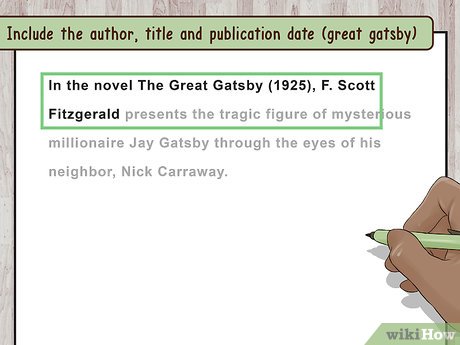
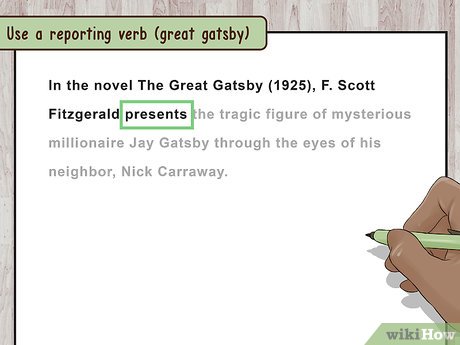
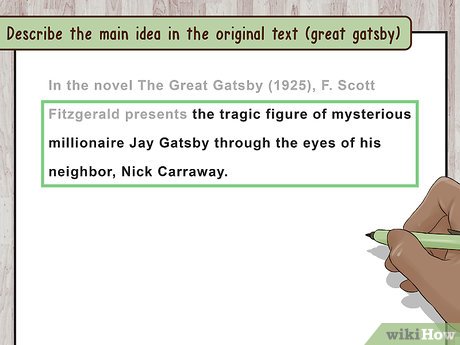
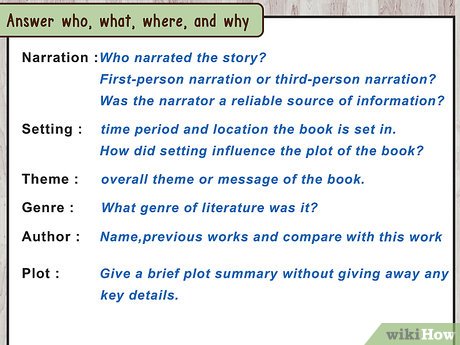
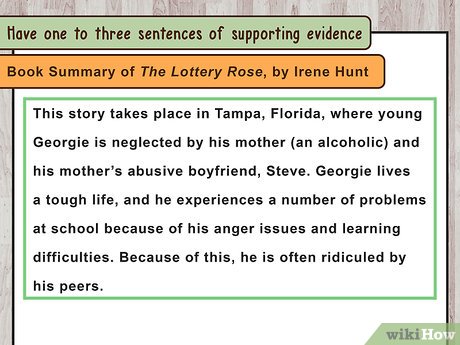
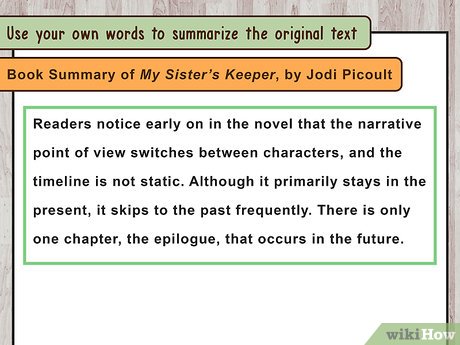











 How to Write a Critique in Five Paragraphs
How to Write a Critique in Five Paragraphs How to Say Most Common Words in Farsi
How to Say Most Common Words in Farsi How to Learn Faster
How to Learn Faster How to Do Qualitative Research
How to Do Qualitative Research How to Help Others
How to Help Others How to Discover Your Talents
How to Discover Your Talents